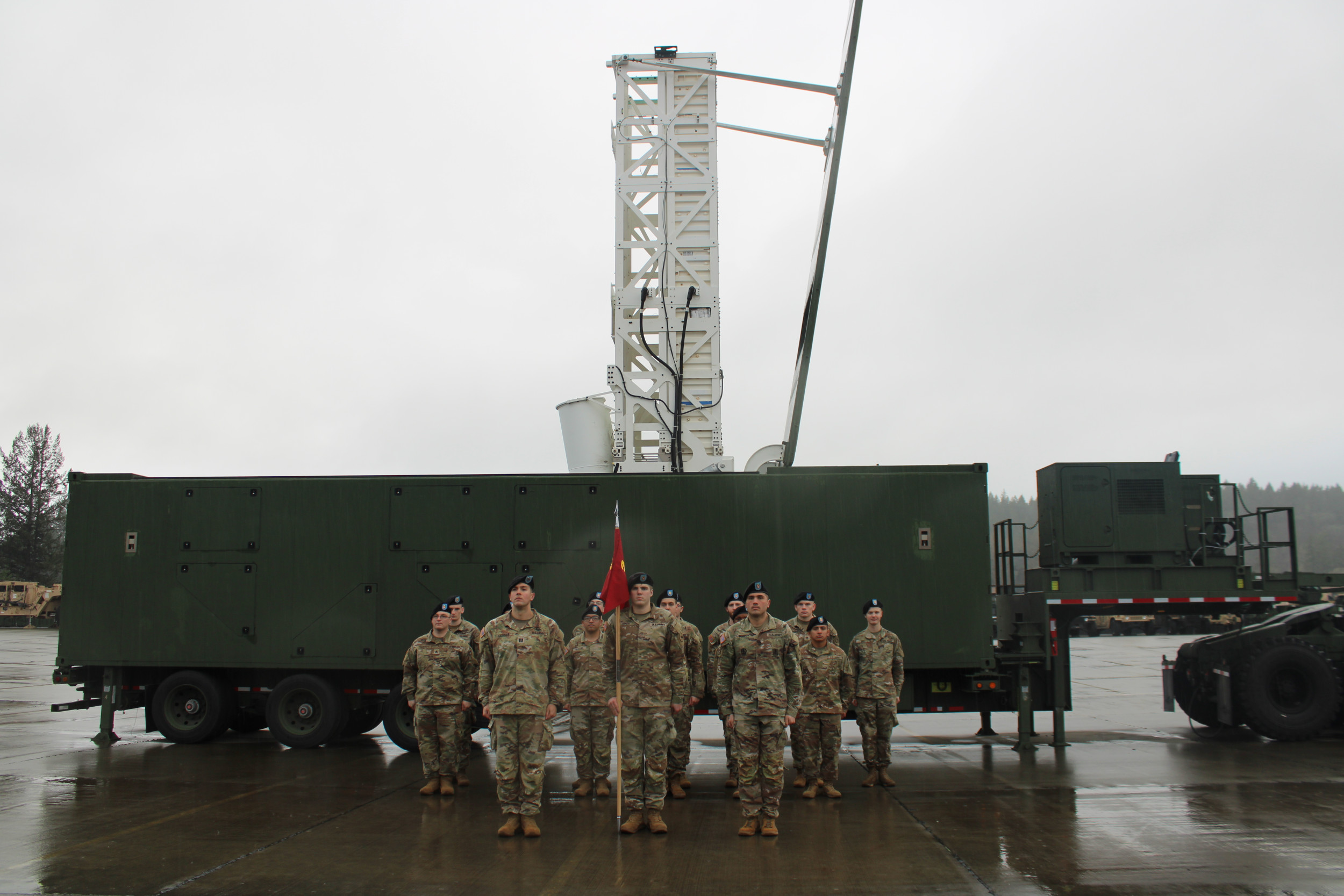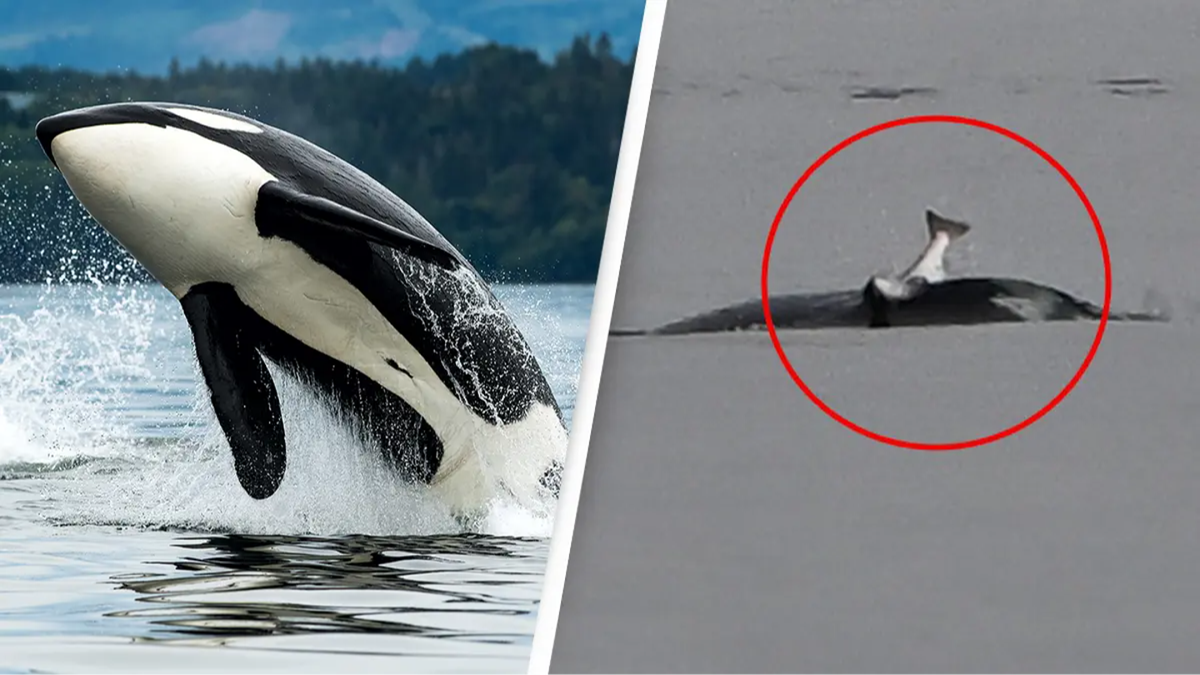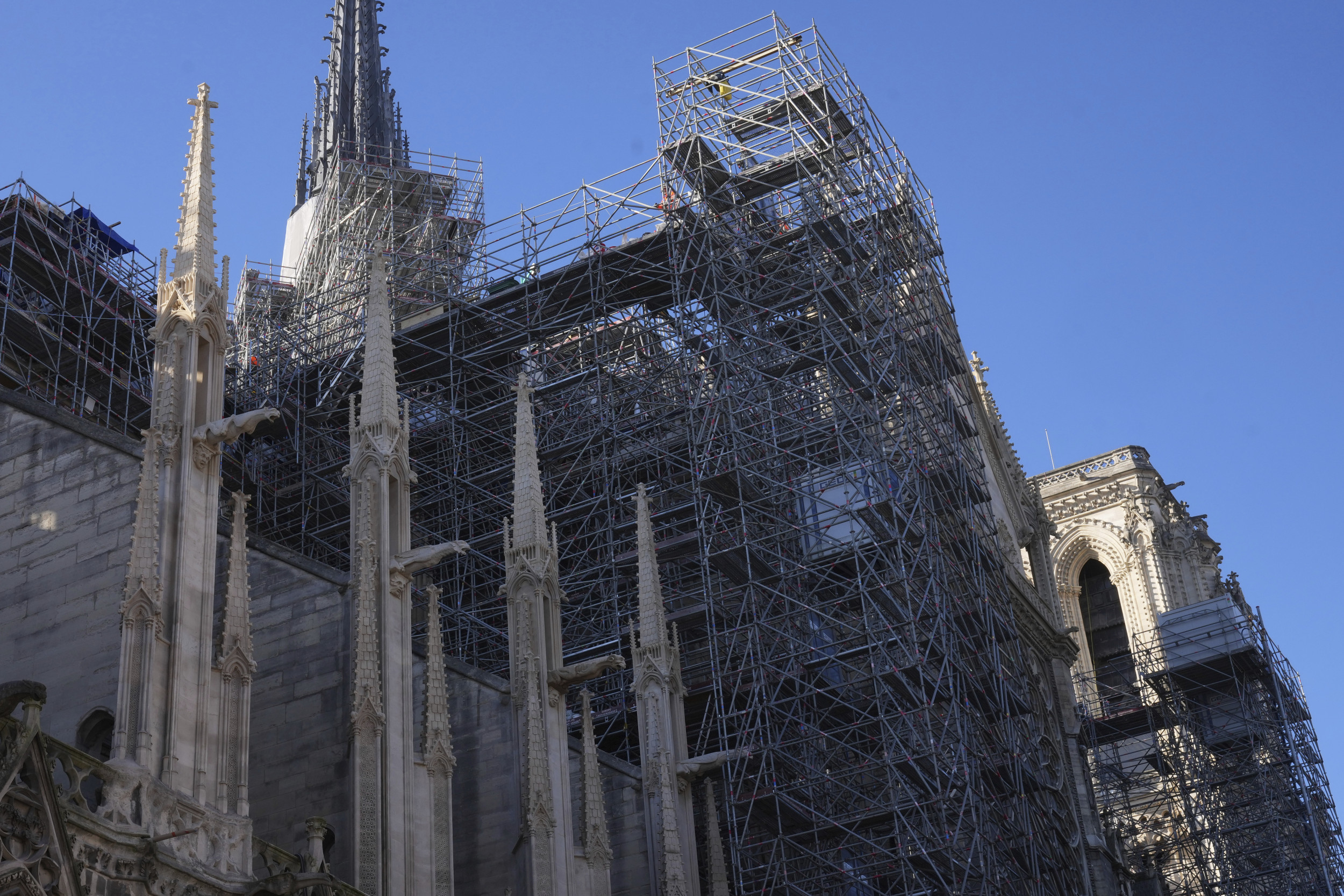As temperatures plummet across the country this Thanksgiving, parts of Ohio, Pennsylvania, and New York have been issued with a "Lake Effect Snow Warning."
These warnings have been issued for parts of New York bordering Lake Ontario and Lake Erie and a tiny section of Ohio and Pennsylvania, where temperatures will be in the 30s and 40s throughout today.
"A multi-day lake effect snow event off Lake Erie will begin tonight and bring periodic heavy snow to the region," the National Weather Service Cleveland office said in a statement.
"These heavy lake effect snow bands will bring occasional 1-to-2 inch per hour snowfall rates and poor visibility, as low as one quarter of a mile, which will make travel difficult to impossible."
Ohio and Pennsylvania are expected to see between 6–18 inches of snow, while affected areas of New York could see up to 3–4 feet of snowfall.The Ohio and Pennsylvania warnings are in effect between midnight tonight and Saturday morning, while the New York warnings start at 7 a.m. tomorrow morning and last into Monday evening.

What is lake effect snow?
Lake effect snow is a weather phenomenon that occurs when cold, dry air moves over a large, warmer body of water, such as the Great Lakes. This temperature difference causes the air to pick up moisture from the lake's surface, and as the air moves over the land, it cools and the moisture condenses, forming snow.
This process often results in heavy, localized snowstorms, particularly along the downwind shores of the lakes. This snow can be intense and concentrated in narrow bands, leading to significant snowfall in some areas while other nearby regions may see little to no snow.
How rare is lake effect snow?
Lake effect snow is often seen in regions near large lakes, especially at this time of year.
"Lake effect snow is common across the Great Lakes region during the late fall and winter," the NWS explained.
The areas most affected by lake effect snow are typically those situated in the "snowbelt" around the Great Lakes, such as parts of upstate New York, western Michigan and northern Ohio.
There is high confidence in a significant lake effect snow event for the areas in red Fri - Mon. MUCH less snow in the areas in blue, with uncertainty in the Buffalo metro area. Keep in mind the end of this event is 5 days out, so there's uncertainty in snow amounts. pic.twitter.com/9GRg9HEnHy
— NWS Buffalo (@NWSBUFFALO) November 28, 2024Lake Effect Snow Warnings are issued by the NWS when "pure lake effect snow (this is where the snow is a direct result of lake effect snow and not because of a synoptic storm or low pressure system) may pose a hazard or it is life threatening."
What's the difference between a blizzard and lake effect snow?
A blizzard is a large-scale storm caused by a combination of strong winds, cold temperatures, and widespread snowfall, often associated with low-pressure systems.
Lake effect snow, on the other hand, is a localized phenomenon caused by cold air moving over a warmer body of water, picking up moisture and depositing it as snow when the air cools over land.
Blizzards usually cover a wide area, while lake effect snow is highly localized, affecting areas downwind of large lakes, often in narrow bands.
A multi-day lake effect snow event off will begin tonight and bring periodic heavy snow to the region. These snow bands will total 6-18” of new snow where they persist and bring occasional 1-2" per hour snowfall rates and poor visibility, which will make travel difficult. pic.twitter.com/sfG6u9JB8r
— NWS Cleveland (@NWSCLE) November 28, 2024"Wind direction is a key component in determining which areas will receive lake effect snow. Heavy snow may be falling in one location, while the sun may be shining just a mile or two away in either direction," the NWS said.
What does a lake effect snow warning mean for travelers?
The heavy snowfall is expected to make travel very dangerous today and tomorrow, especially along Interstates 90, 86 and 79.
"The hazardous conditions will impact the Friday morning and evening commutes and any post-holiday travel," the National Weather Service Cleveland office said in the warning.
"Consider delaying travel. If you must travel, drive with extreme caution. Leave plenty of room between you and the motorist ahead of you, and allow extra time to reach your destination. Avoid sudden braking or acceleration, and be especially cautious on hills or when making turns," the National Weather Service Buffalo office advises.
A prolonged lake effect snow event will unfold through early next week. To start, here are the travel impacts through Friday. Travel conditions will worsen Friday night through the weekend as multiple feet of lake effect snow accumulates. #nywx pic.twitter.com/psCkQ2kzbf
— NWS Buffalo (@NWSBUFFALO) November 27, 2024The NWS Cleveland office warns travelers to take a winter storm kit including tire chains, booster cables, flashlights, shovels, extra clothing and blankets, just in case they become stranded.
Meanwhile, Freeze Warnings and Freeze Watches have been issued across Texas and the Carolinas, and Frost Advisories and Winter Storm Warnings blanket the Northeast.
Do you have a tip on a science story that Newsweek should be covering? Do you have a question about weather warnings? Let us know via science@newsweek.com.



















 English (US) ·
English (US) ·